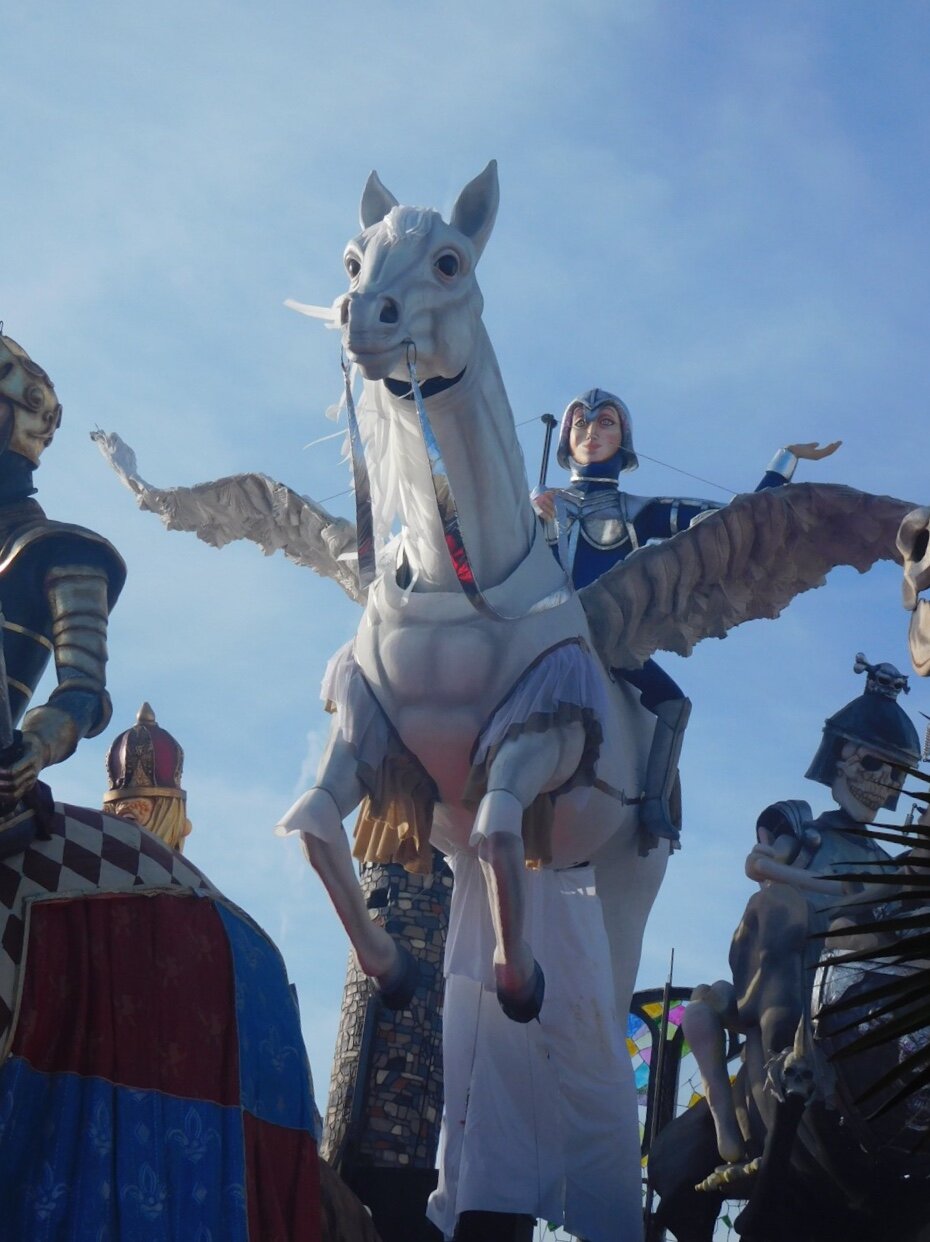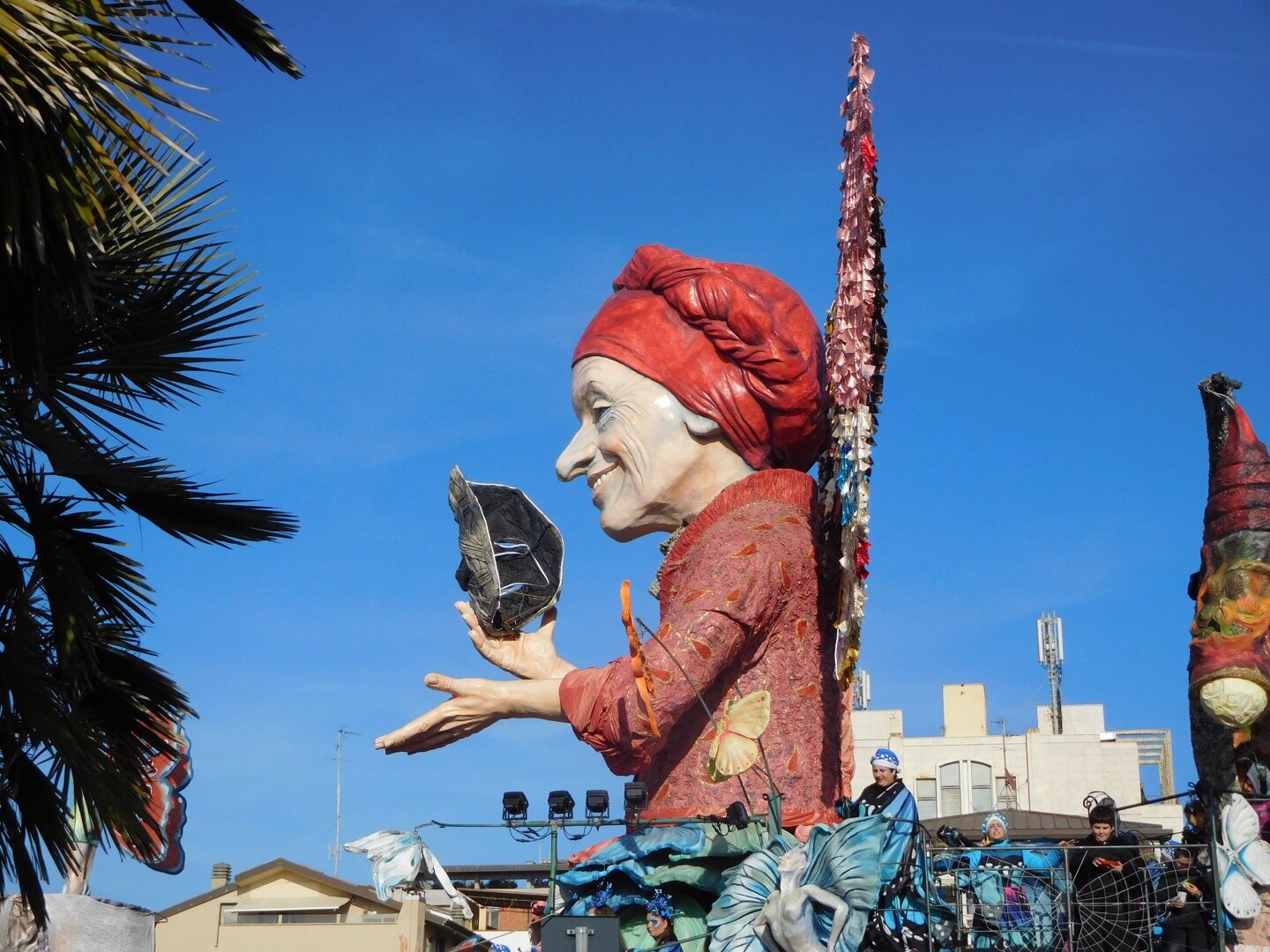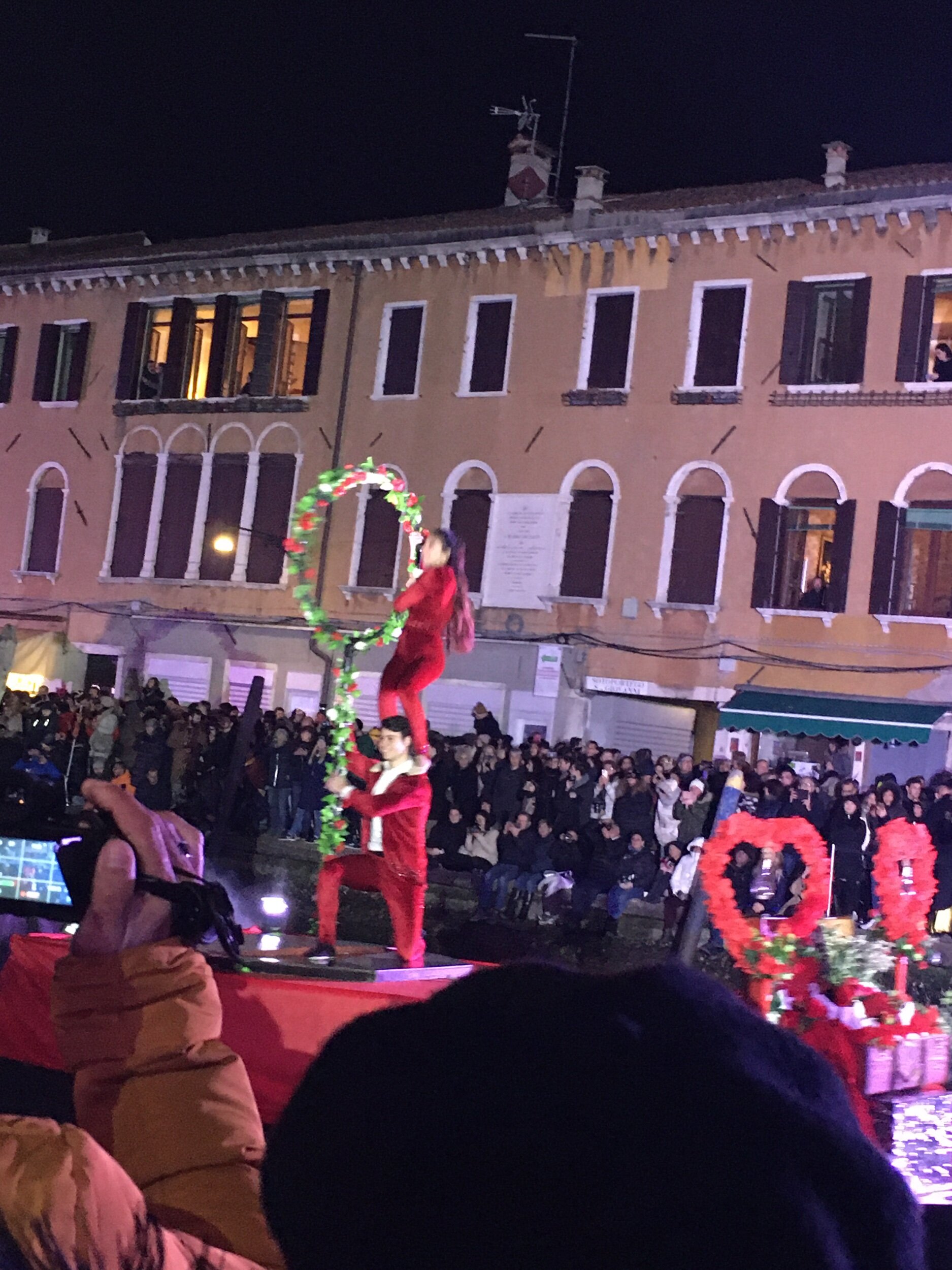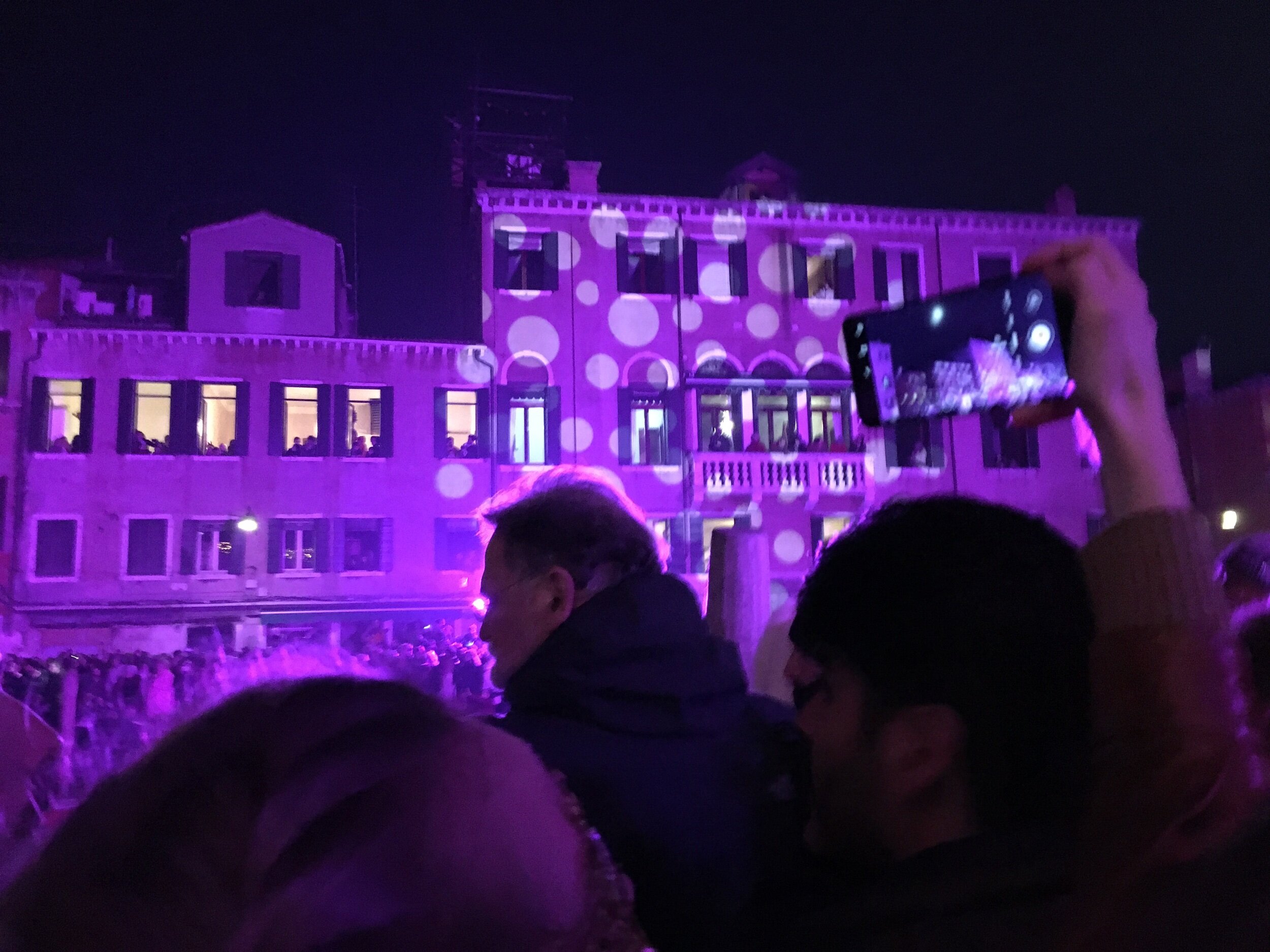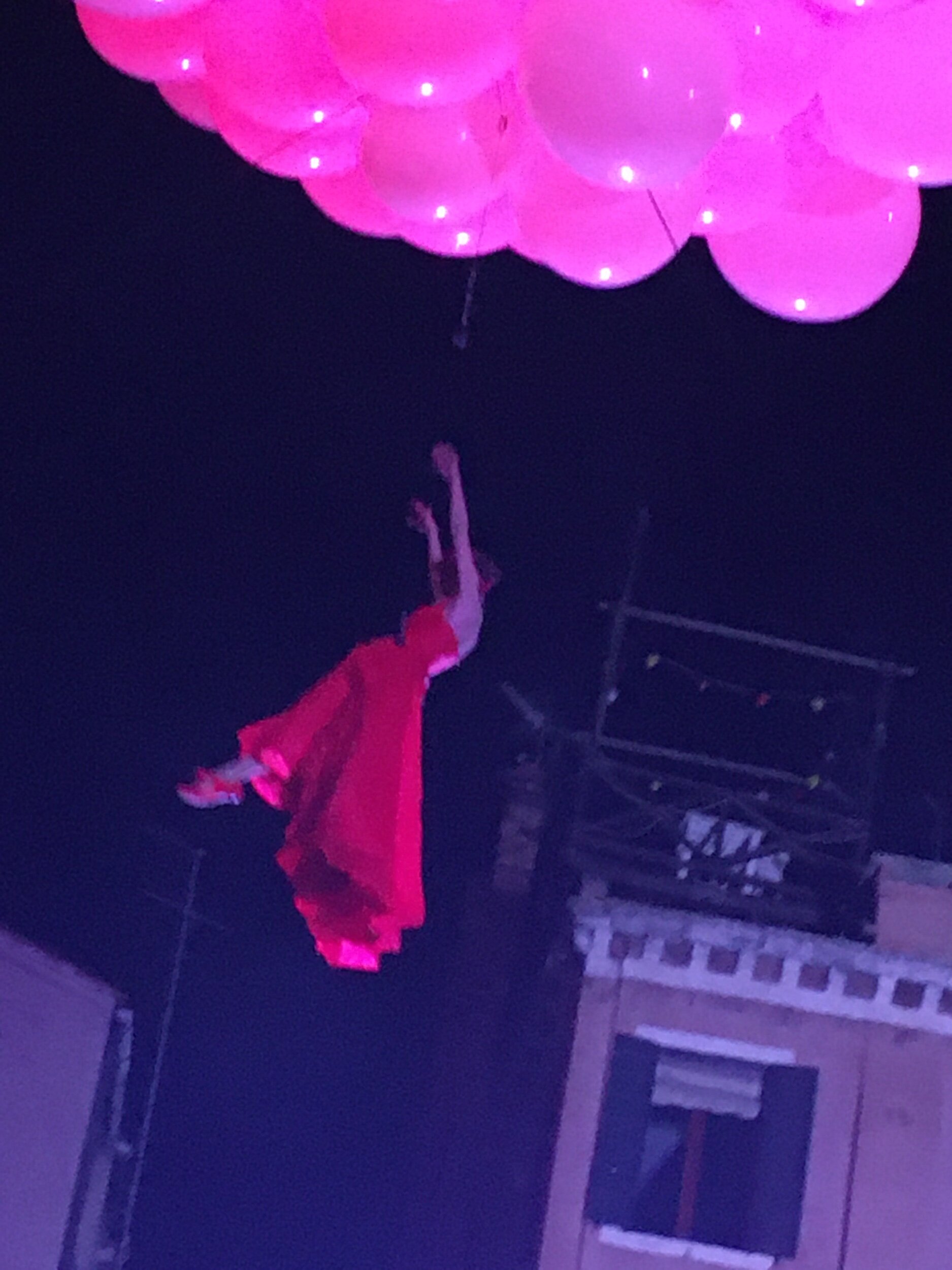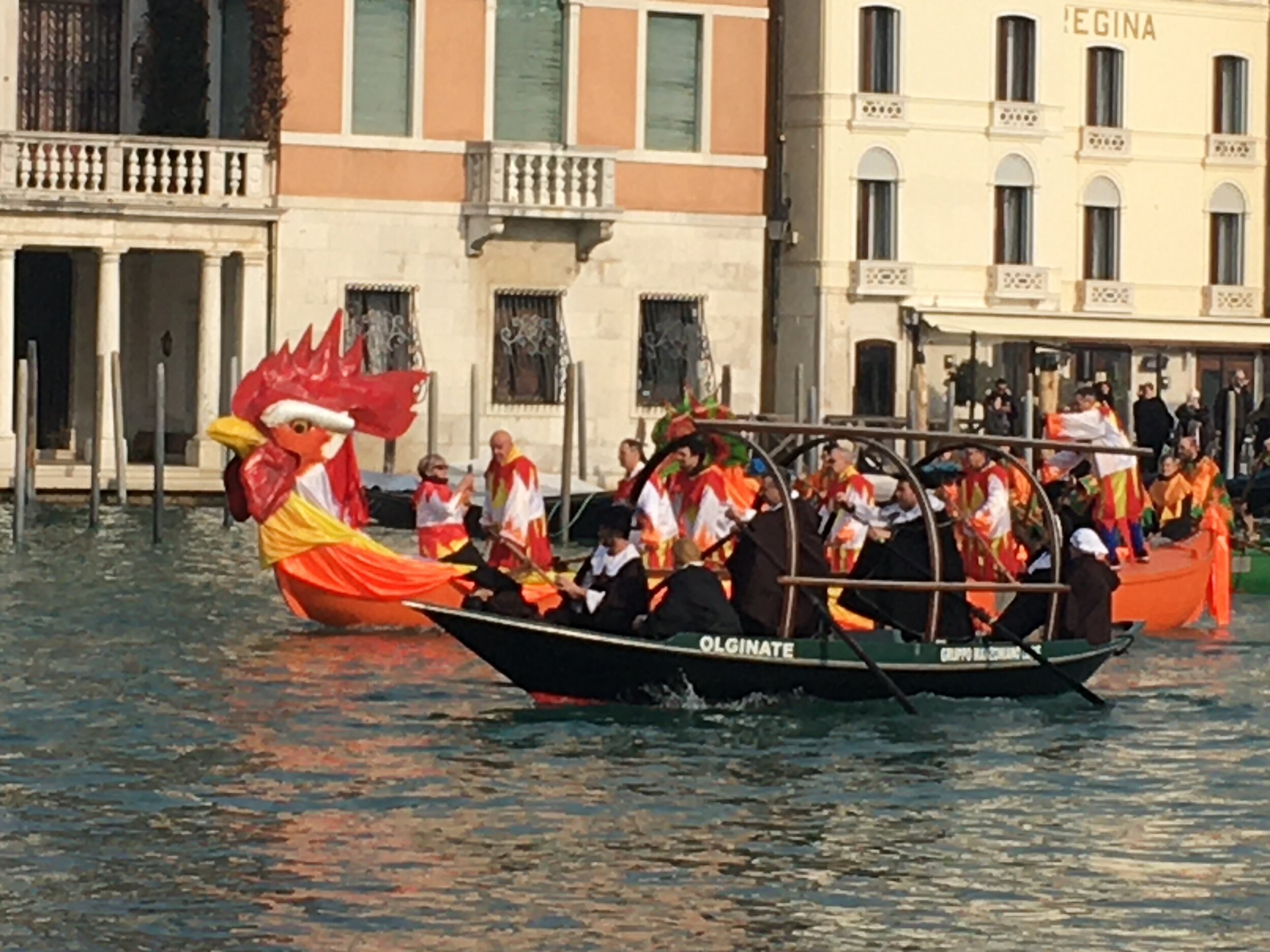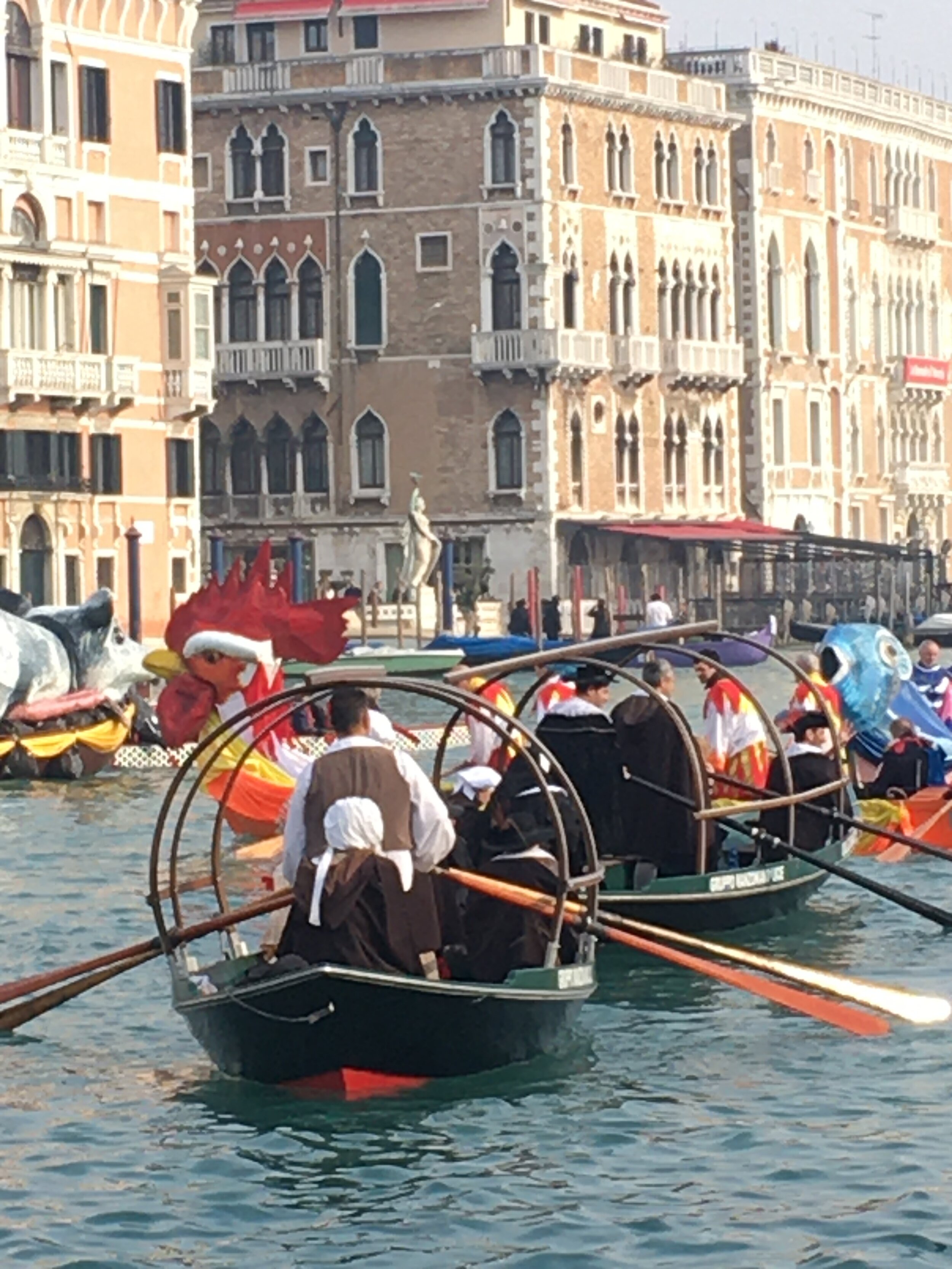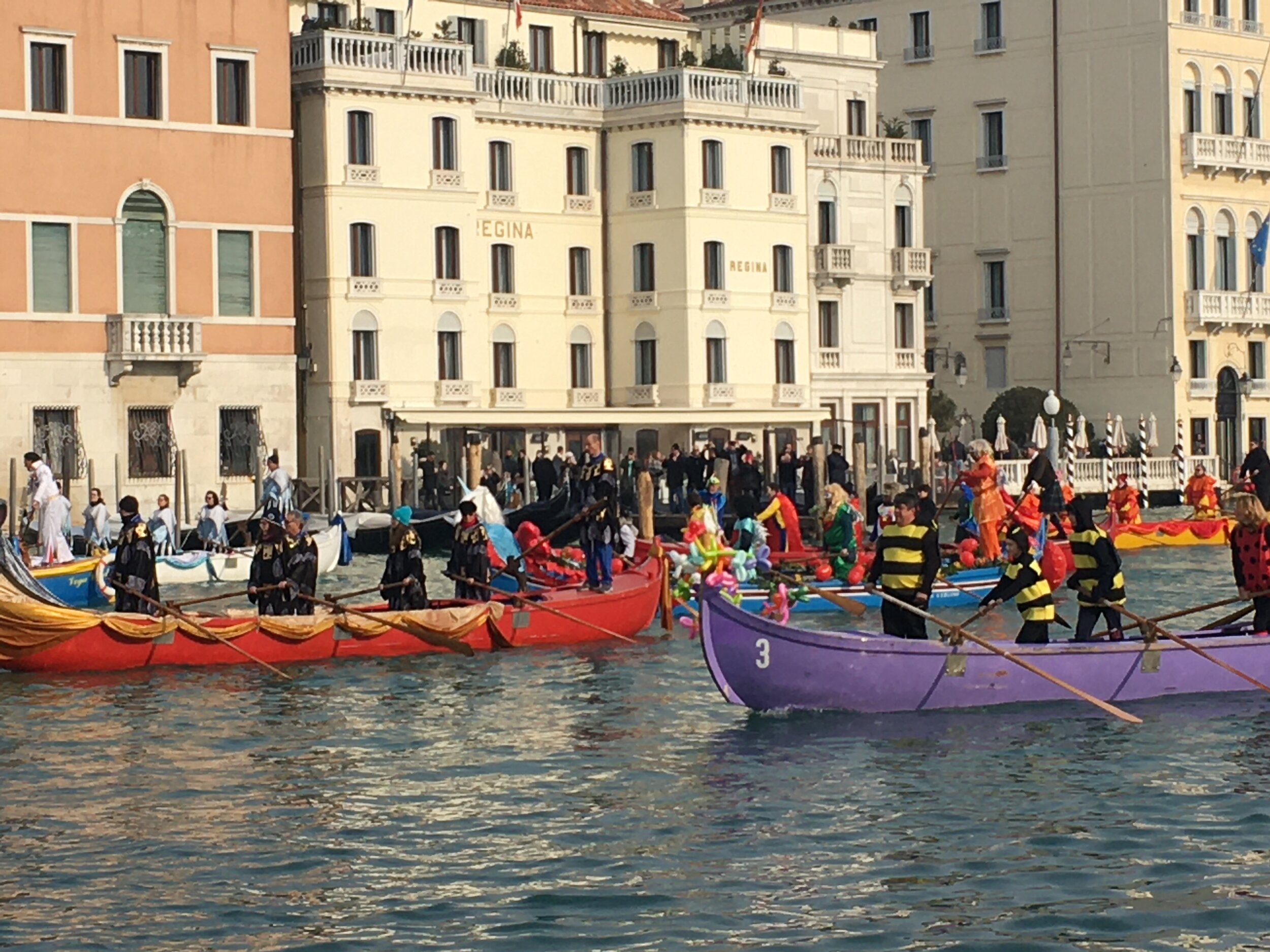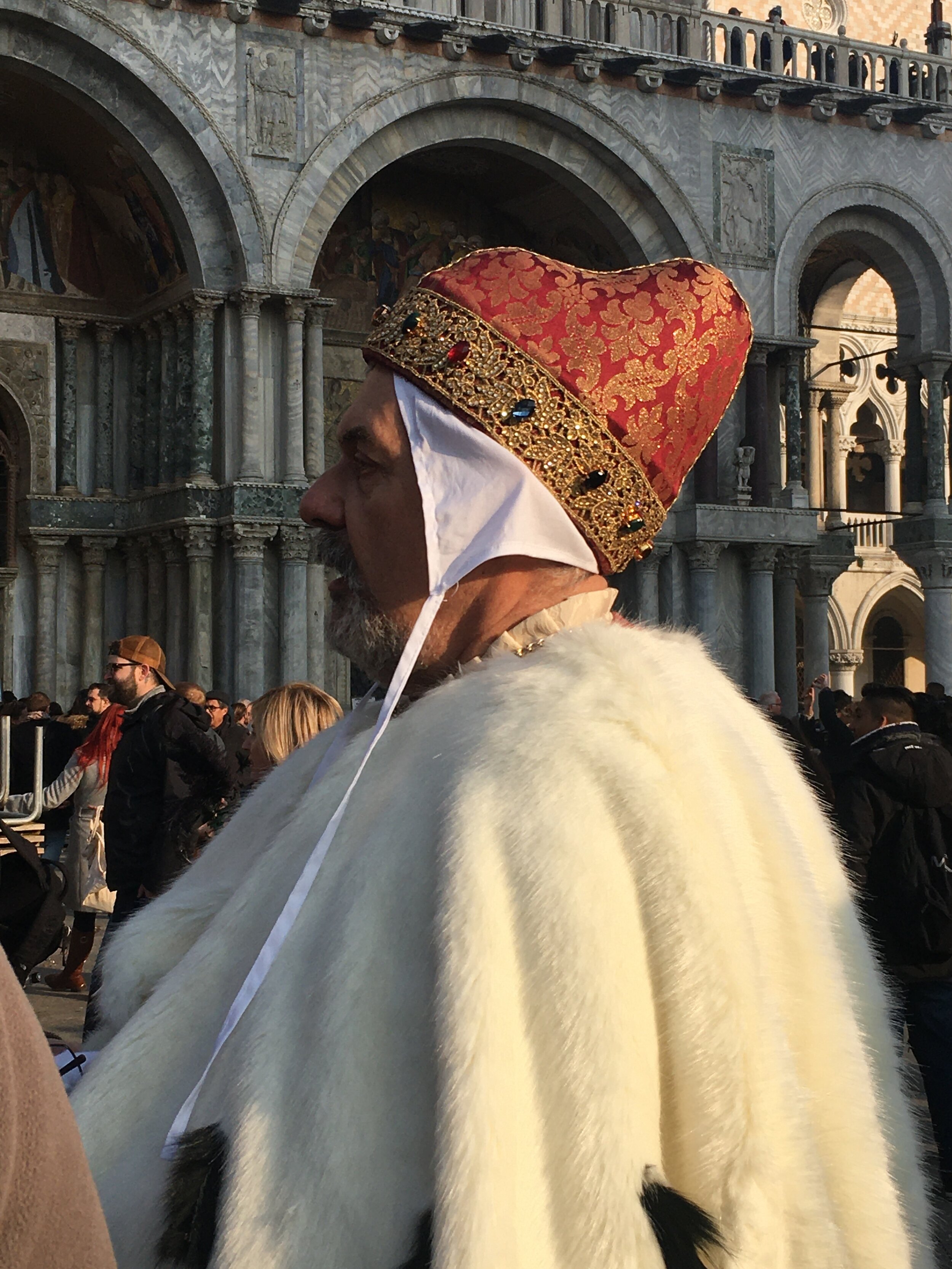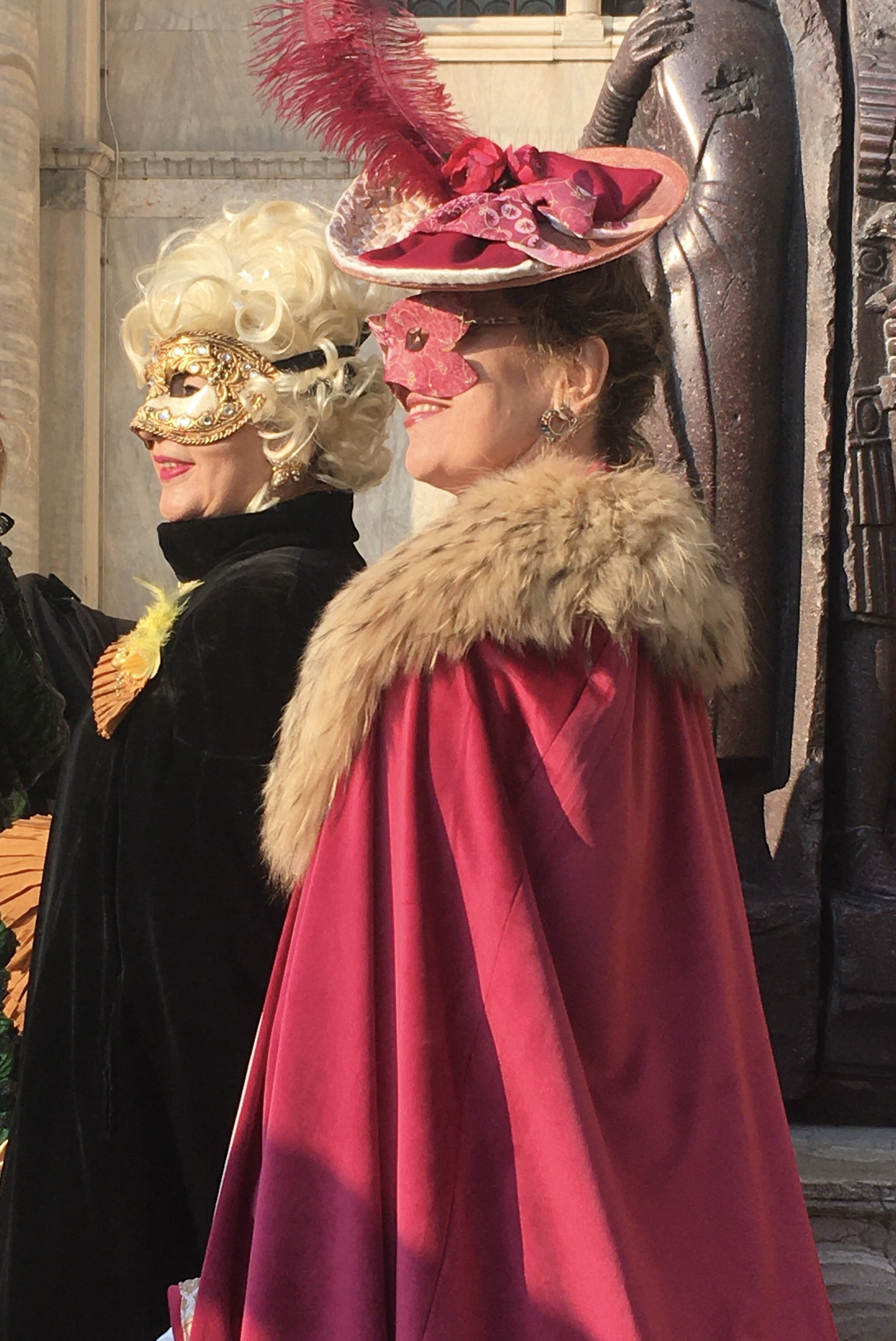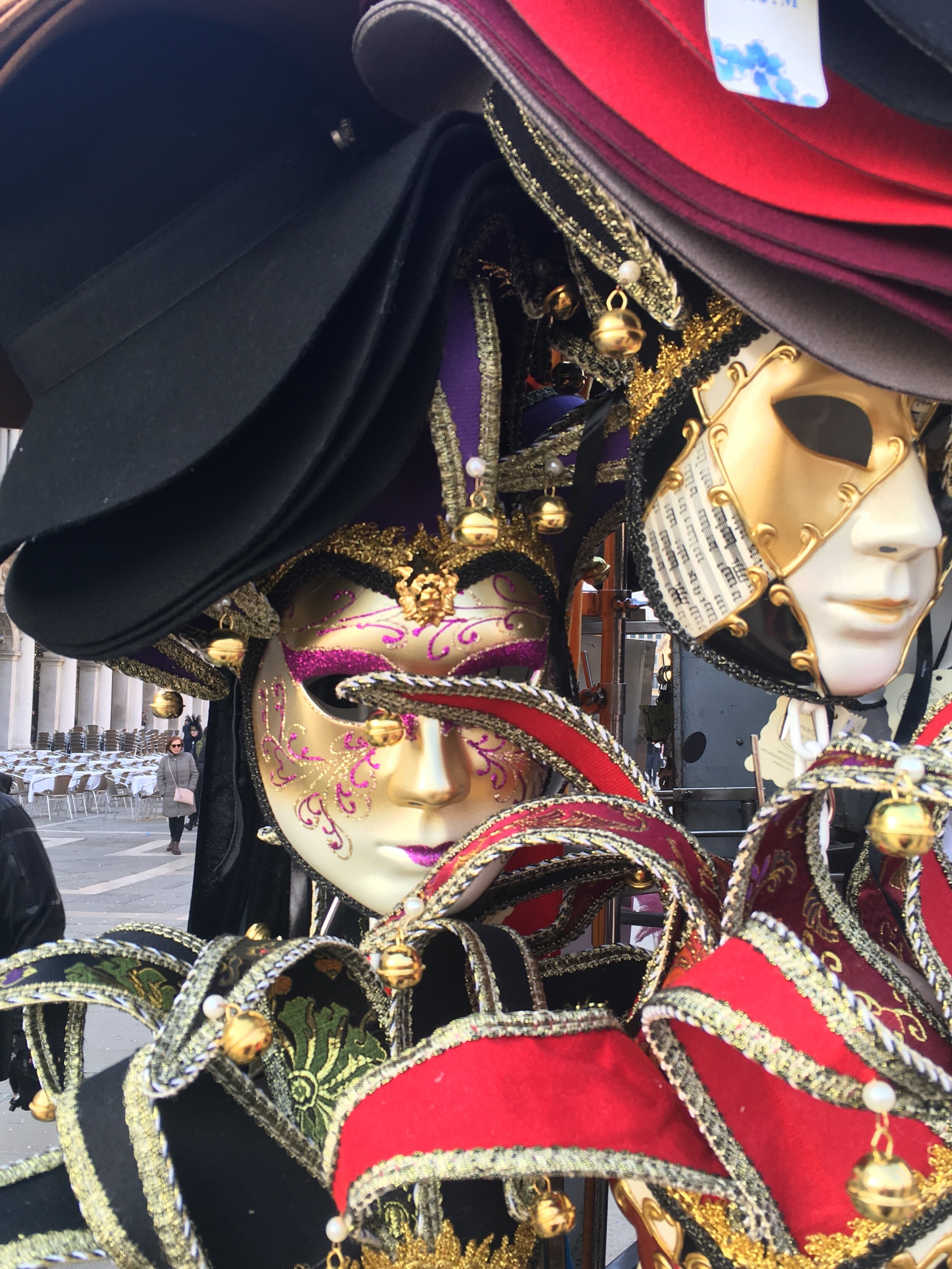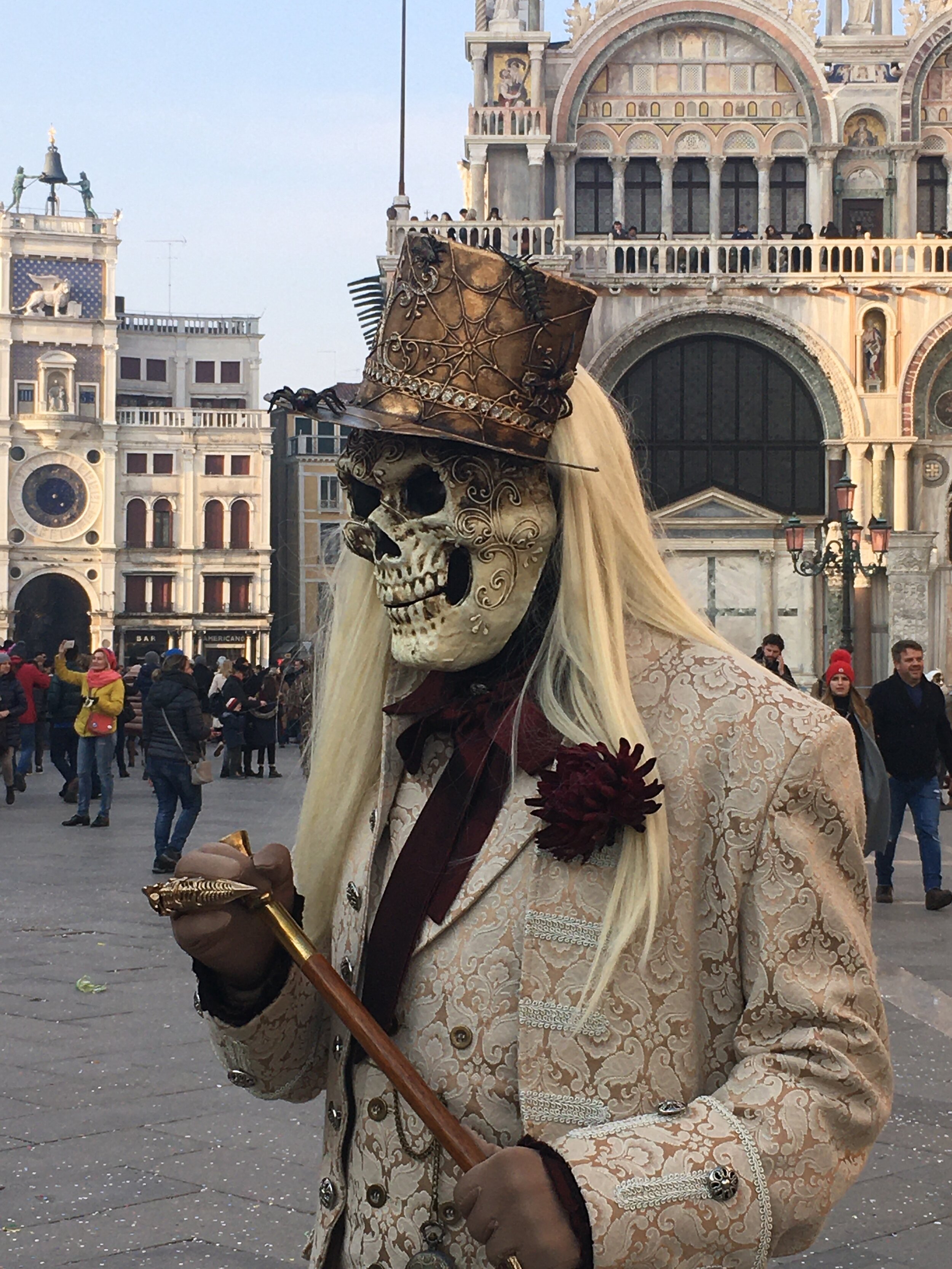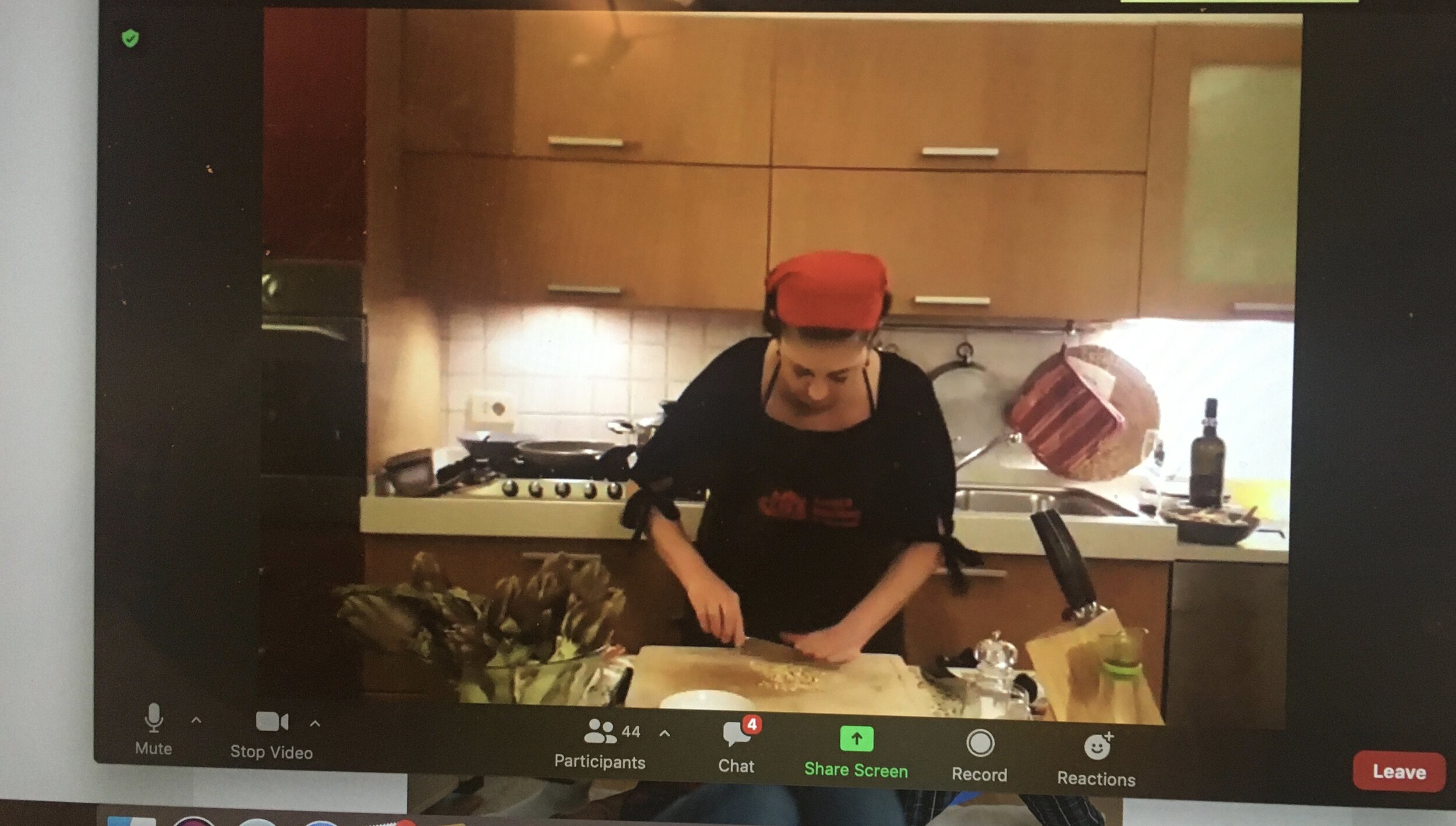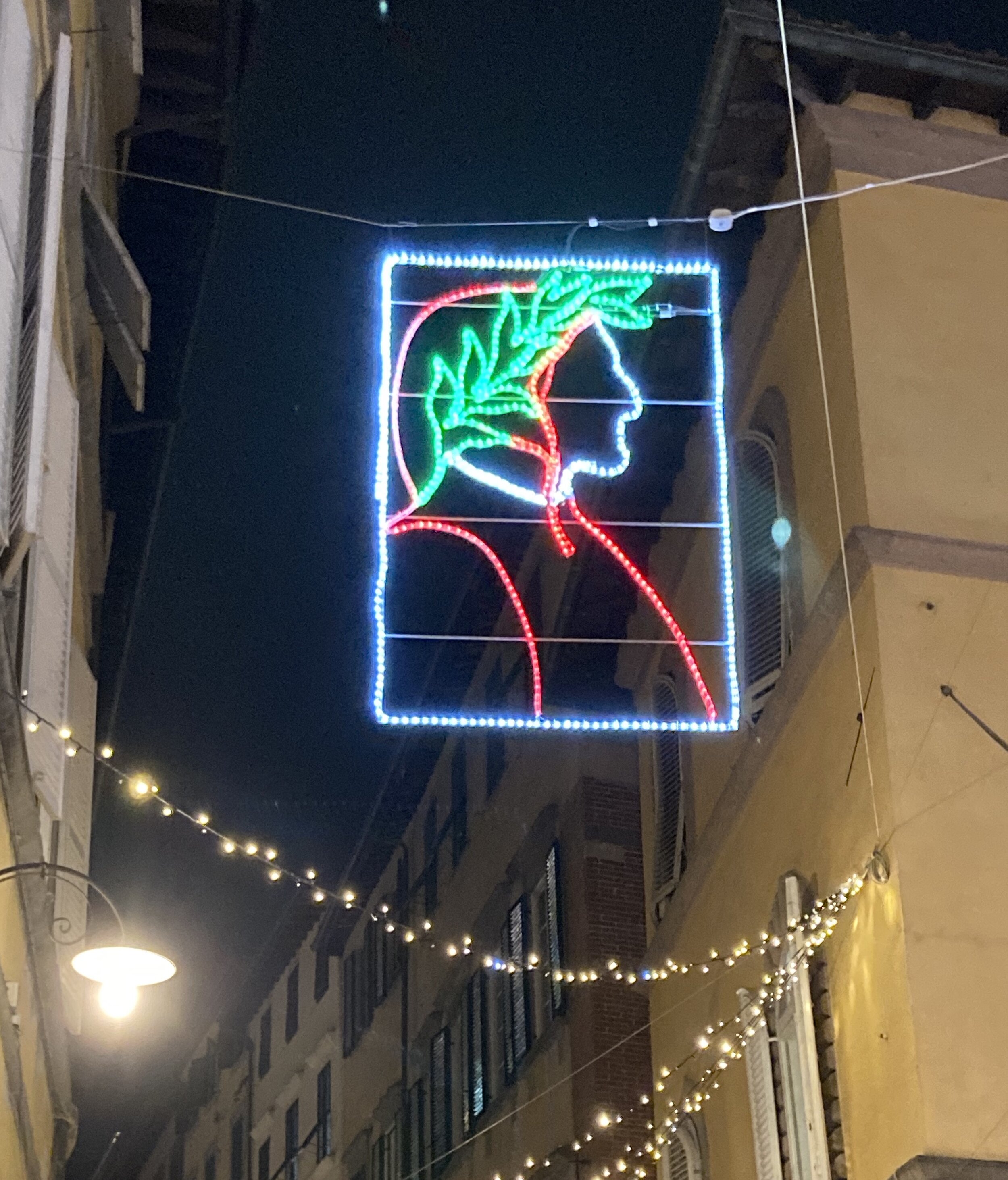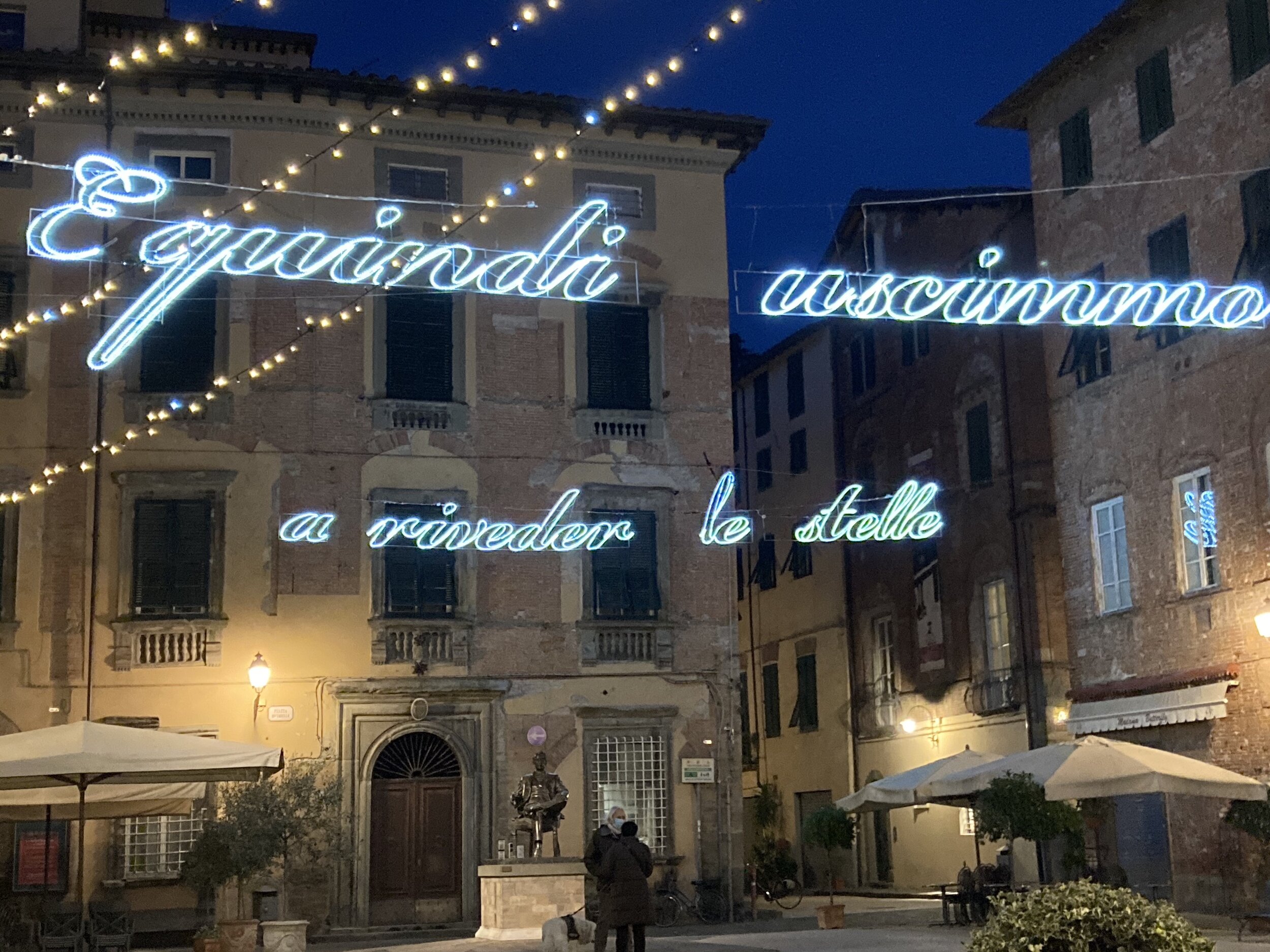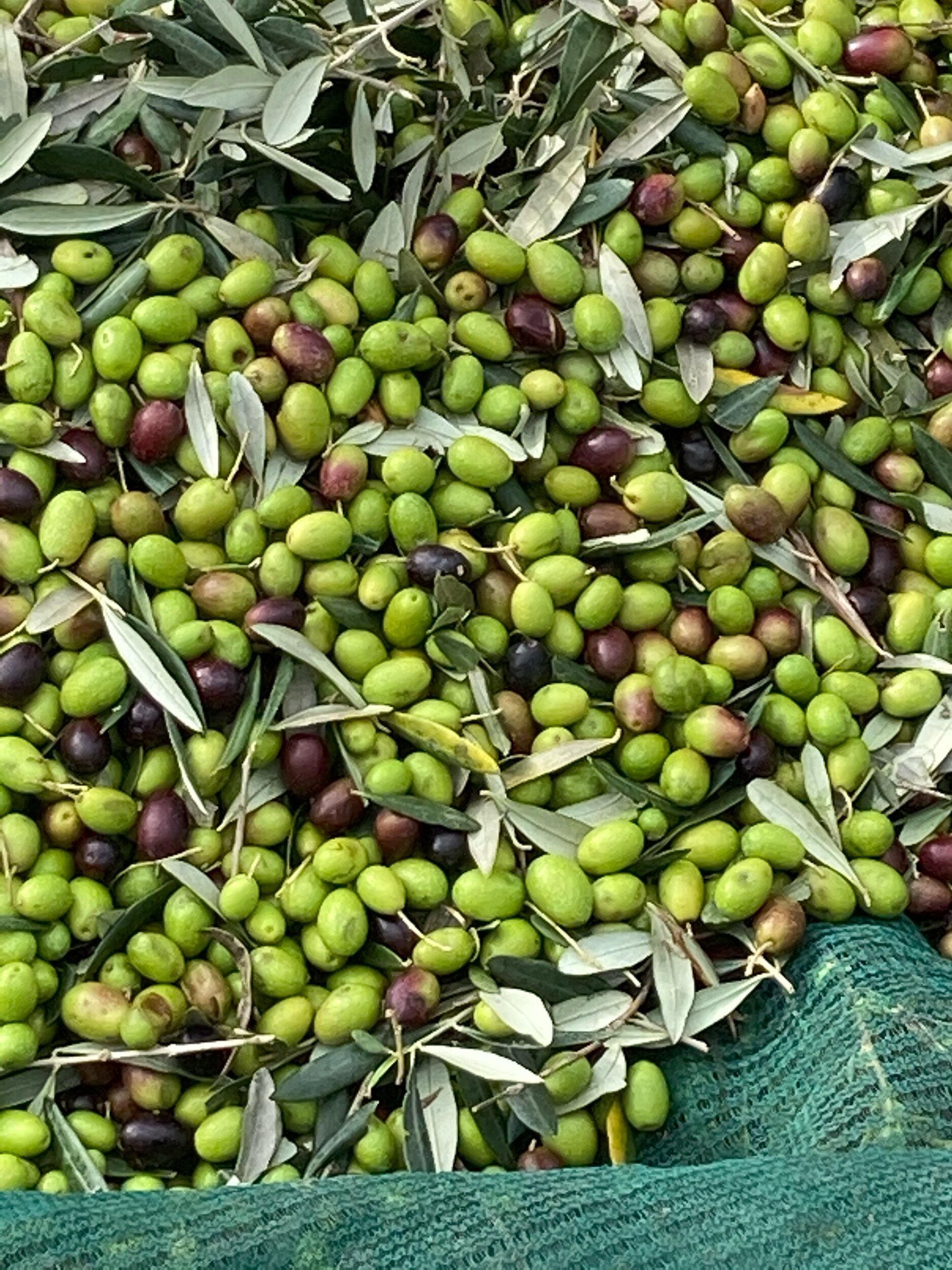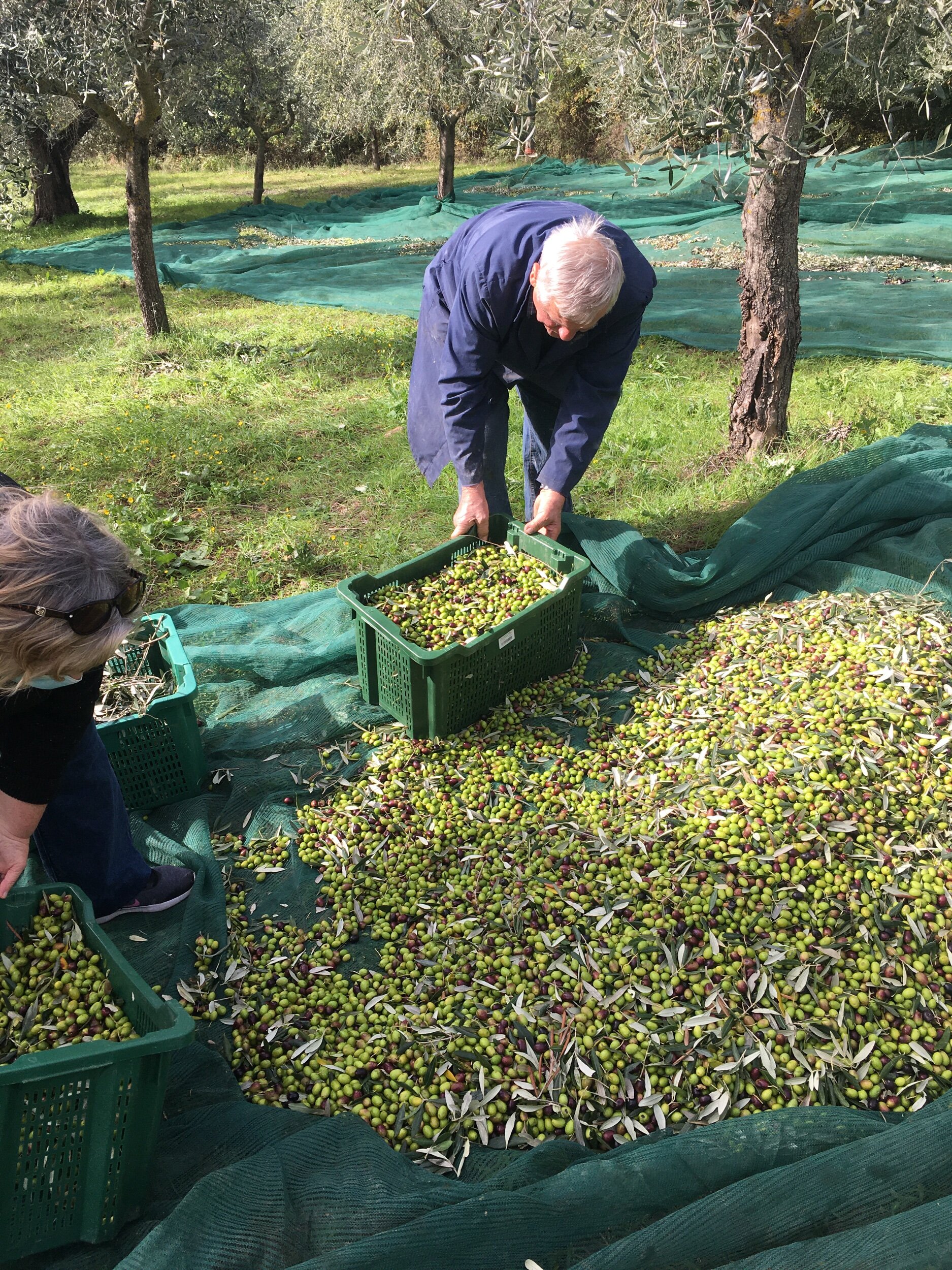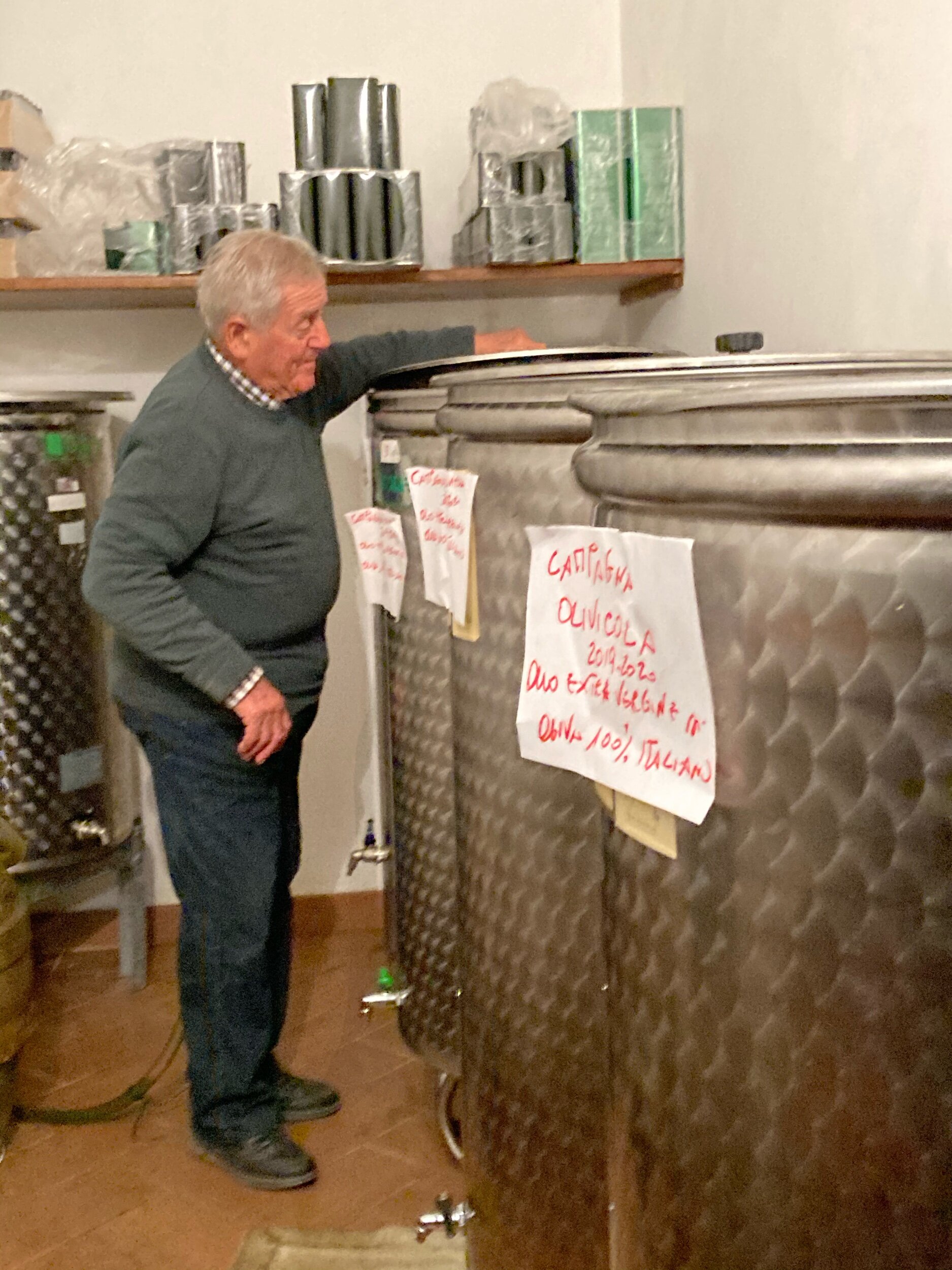COVID-19 in Italy : One Year Later
By mid-February 2020 Venice’s Carnevale celebration had been halted and the city emptied almost overnight.
It was during this week one year ago that the Italian Government announced a nation-wide quarantine in an effort to contain COVID-19 in Italy. The first known case had been identified at the end of January and by mid-February it was clear that the virus was spreading in northern Italy. There were hints that a lockdown was coming. In February, one of Italy’s biggest annual events, the Venetian Carnevale, was cancelled just after its opening weekend. That provoked a good deal of outrage as many people felt it was an over reaction to a limited problem (knowledge of COVID’s impact was not well understood at that point). Soon, local travel restrictions were imposed, though not always effectively implemented. People from the first affected communities fled and took the virus with them. For the rest of 2020 all major festivals, and most smaller community festivals, were cancelled as the need to limit large gatherings became much more clear.
In early March of 2020, bars, cafes, and restaurants began to distance tables. I remember well my “last coffee” before lockdown. I sat with two friends at a local bar. We spread out across two tables, empty seats and space between us, wondering what would come next. I remember someone saying that we should all make hair appointments soon in case the salons closed (they did, the very next day).
Hospitals soon began to fill with gravely ill patients. Shortages of personnel and equipment became critical issues. And people began to die, especially the elderly. Some people still did not take COVID seriously (both here in Italy and across the world) while other’s became paralyzed with fear. Most of us existed in a middle space - concerned, taking precautions, reordering priorities and routines, and slowly adjusting to what would become a long period of restrictions. We learned to carry paperwork with us when we left the house, to not go more than 200 meters from home without a valid reason, to wear masks, and to spend most of our time at home. We kept busy. Most importantly, we searched for new forms of connection - zoom and google chats, on-line apperitivos, daily “check-ins” to be sure friends were ok and coordinated “accidental” meetings while in line for groceries or at the trash bins. We kept in touch with our families and watched grandkids grow via FaceTime. I can not imagine what the last year would have been like without this ability to connect.
Andra` tutto bene - a sign of hope during the lockdown.
A great boost throughout the last year has been the Italian sense of hope and of community spirit - we would get through this together. Italians sang on balconies, displayed the national flag, and hung signs declaring all would be ok. They swept us up in their optimism. As hard as this has been, I will be forever thankful for the spirit of my Italian friends and neighbors and for those strangers across Italy making music on balconies.
I think perhaps it was a blessing to not have known then that one year later we would still be in such a struggle with this (damn) virus. Still, life is certainly much easier, less restricted than one year ago. Shops are open, Lucca’s famous wall is once again a place where we can walk, and we can go anywhere in our community without paperwork. The Italians have embraced (or at least adapted to) the concept of take out meals, and we all feel it is our civic duty to order meals to go often, a definite plus when we can’t dine out. A real bonus is that we can have people to our homes, though the rules say only 2 at a time. Just having a friend over for an occasional coffee or a meal becomes a highlight social occasion. Mask wearing has become automatic and not such a big deal for most of us (a bonus in cold winter weather, though not so great on these warm spring days). This is the new normal.
Thankfully it is once again possible to walk along Lucca’s walls. It’s a joy to be able to walk with a friend (though group gatherings and picnics are not yet permitted). Don’t forget your mask!
The latest color coded map showing Italy’s restrictions. Only one area, Sardegna, is white meaning that they have essentially no restrictions. Red zones are the most restricted. Tuscany remains in the Orange zone, though rumor has it we may change to red next week.
There have even been a few periods when restrictions have been lifted to allow the opening of restaurants and museums as well as travel outside of one’s home community (most recently in late October/November and again for 5 weeks in January/February). These periods of respite have provided glimpses of normalcy and have been the best therapy! However, the rules are ever changing based on the most current statistics related to COVID cases, variants, transmission, and hospitalizations so what is allowed one week can be forbidden the next. We are learning to take this week by week, some of us more gracefully than others. I must admit that I am among the group that finds the constant changes, and the weekly “statistic watch” more than a little anxiety provoking.
At the end of this year there is hope but there is also grief for what has been lost, both the big and the everyday small things. Mostly, I think people are tired. At the end of a year there are fewer flags flying, not so many optimistic banners on display, and it has been a long time since I’ve seen a video of balcony singing. Many festivals are cancelled for a second year. Museums are currently closed again in Tuscany. The economy here has been devastated and economic help has been slow to arrive. Families remain separated, lives disrupted. Some political discord was inevitable. In all of these ways, Italy is not so different than most other places in the world.
But vaccines are coming and with them the hope that things will improve, infection numbers fall, tourists return, and the economy begin to recover. In the meantime, spring is almost here. The skies are blue and the temperatures mild. Italy is as beautiful as ever, a walk across Lucca still takes my breath away. Music streams from the windows of the music school near my home. The magnolias are in bloom and the wisteria will soon follow. Before long the fields will be dotted with red poppies. The ancient walls still offer a giant hug, encircling this historic city and making me feel safer for being tucked within them. I hope that, wherever you are, you have comforts that make you feel safe and connected. And that you are still dreaming of the day when it is possible to return to Italy.
Magnolias in bloom along Corso Garibaldi, Lucca. March 2021.








